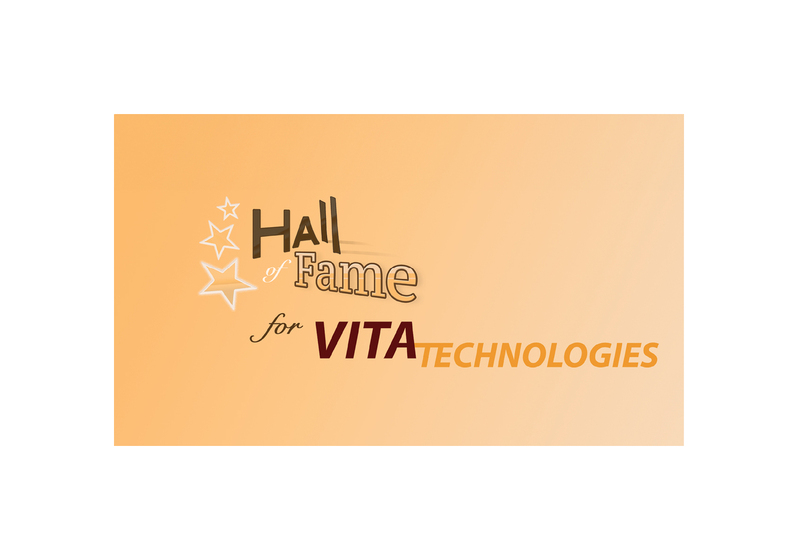Hopefully this issue finds you adjusting to the “new” normal. Business travel is picking up, in-person events are occurring. We still have to remain cognizant of the pandemic, but we are quickly transitioning to the endemic stage and learning how to deal with COVID-19 as part of our normal existence. I believe that we are still in for continuing supply-chain issues as COVID-19 ramps up in China. They did a good job of containing the virus in the early days, but now cases are growing, and the Chinese are taking drastic steps again. I’m afraid we have not seen the last of supply-chain issues that could impact VITA technology-related business.
Activity on VITA standards is higher than it has ever been. Recently, there have been many standards going through normal process review, several getting revision updates, and new study and working groups are forming to address new initiatives. Computer technology is constantly and rapidly evolving, and VITA technology is no exception. Our Standards Update column seems to get longer with each issue. There is no better time to get involved in the development of future standards. The advantages to early involvement are many; the benefits to be gained are well worth the time spent in the standards-development process. Several very exciting projects that are expected to have a major impact on the next generation of high-performance embedded critical computing are on the horizon!
Users of VITA technology are demanding additional small form factors while also evolving a roadmap for making existing standards capable of supporting faster data throughput and more flexibility in I/O, all while adhering to modular open systems architectures. Developing standards and the supporting ecosystem takes years, so the VITA community needs to remain dedicated to mapping out the future standards. Several challenges face the community: 1) the markets are becoming more specialized and smaller, 2) the life cycles of the technology grow shorter with each generation, 3) the cost to develop products continues to increase, and 4) it ain’t getting easier! VITA is looked upon to lead the development of standards for the critical embedded community. The members of VITA have the responsibility of developing and evolving the supporting ecosystem that leads to success for all participants. Developing and maintaining these ecosystems is not easy, especially given the long time to maturity and reward in the critical embedded computing industry. It is additionally challenging in the focus market of defense and aerospace, where the demands for reliable and rugged product are high plus the product life cycles are some of the longest in the computing industry.
In this issue I dig a bit deeper into the VPX business ecosystem. My article, “VPX: The State of the Ecosystem 2022” (see page 10) is a high-level view into key elements and dynamics of the VPX business ecosystem. It only touches the surface, but hopefully it leads to further discussions.
A few months ago, we had to make a last-minute decision to delay Embedded Tech Trends until 2023 due to the January spike in cases. Plans to meet next January are moving forward with anticipation of an in-person event.
Effective February 1, Dean Holman became the new Executive Director at VITA. After eight years in the role, I have returned to my previous role as the Marketing Director for VITA. Dean is excited to take over the reins and has shared his vision for VITA in “VITA Vision” (see page 6). I will be focusing on marketing activities for VITA while continuing to provide backup and support as Dean steps into the role. This also gives me more time to step up my search for a boat so I can traverse the Great Loop!
Stay healthy, stay safe.






